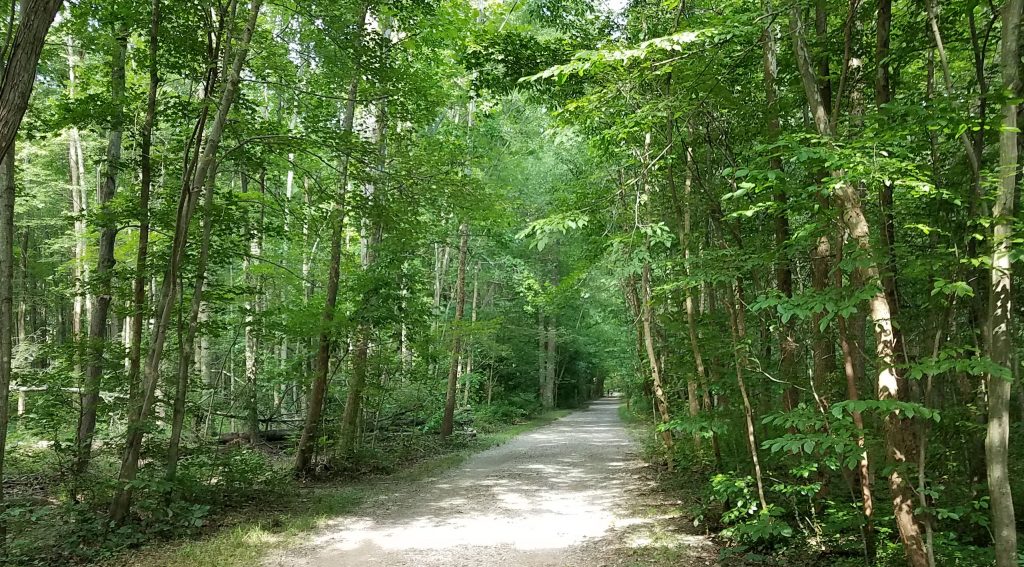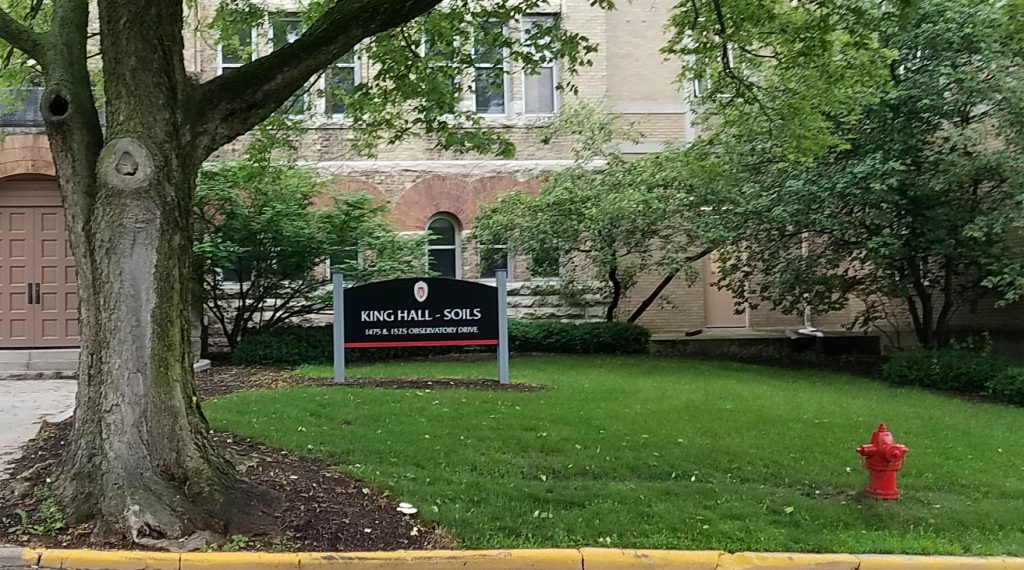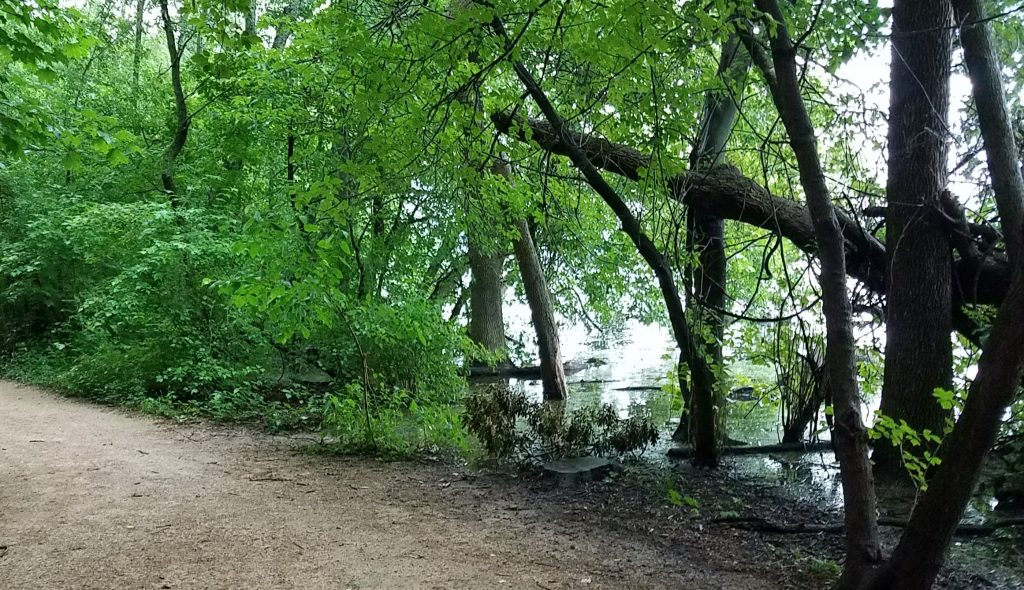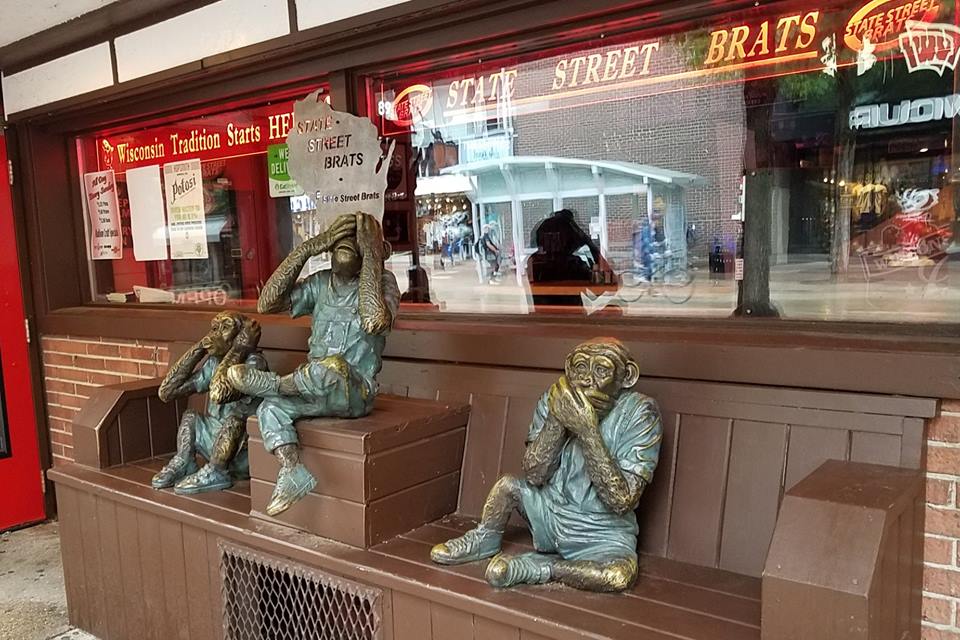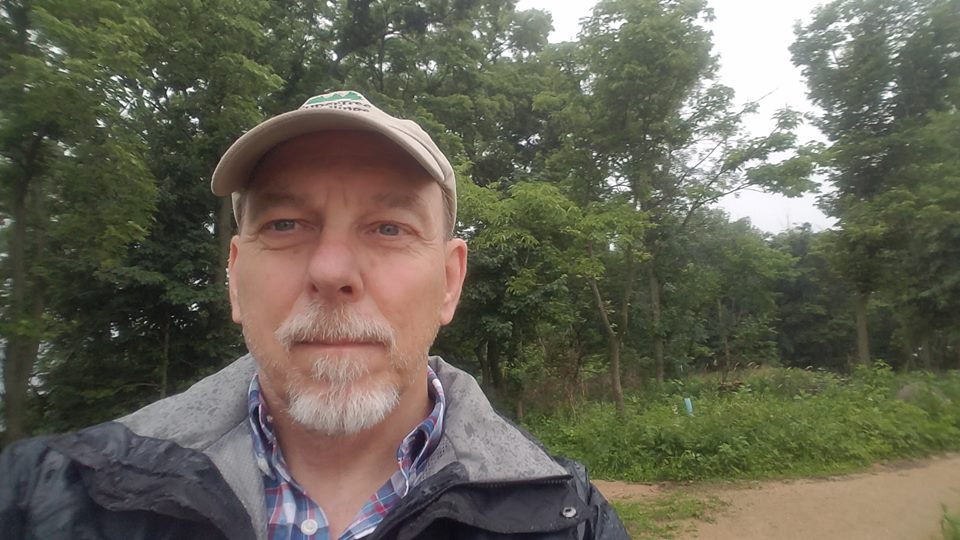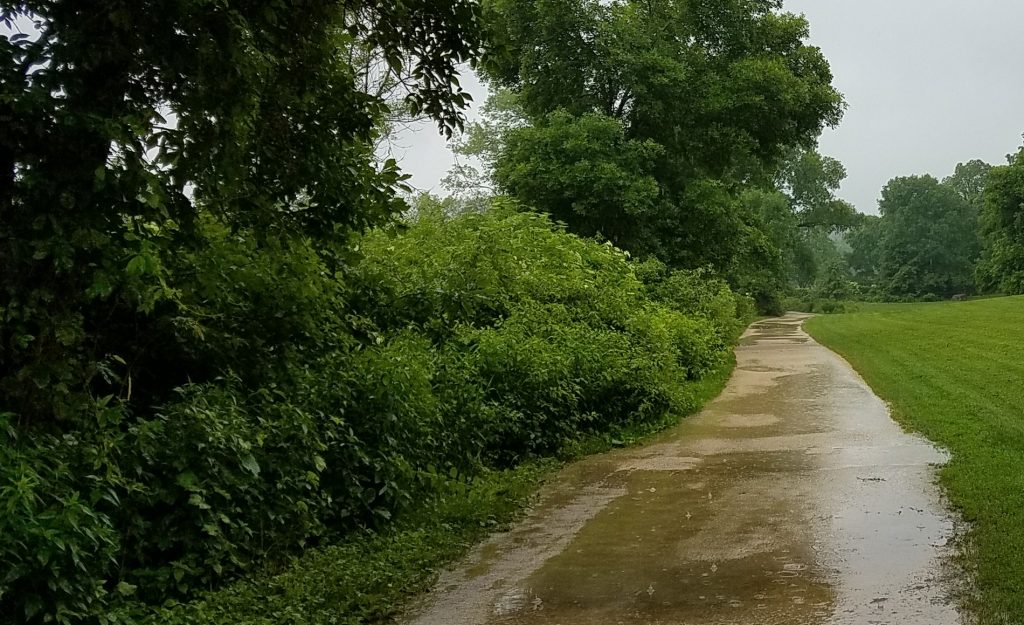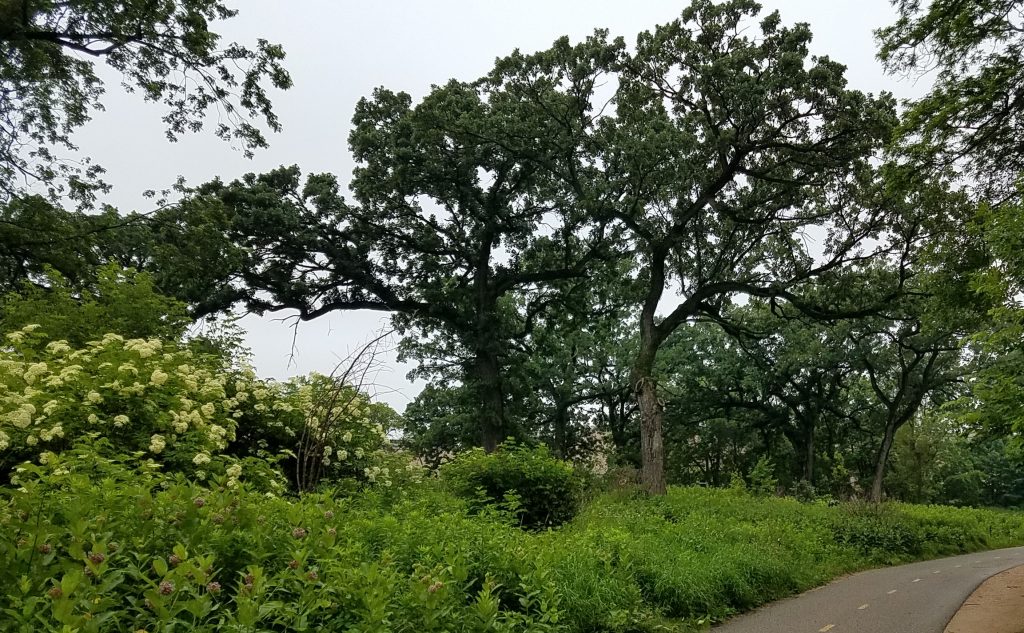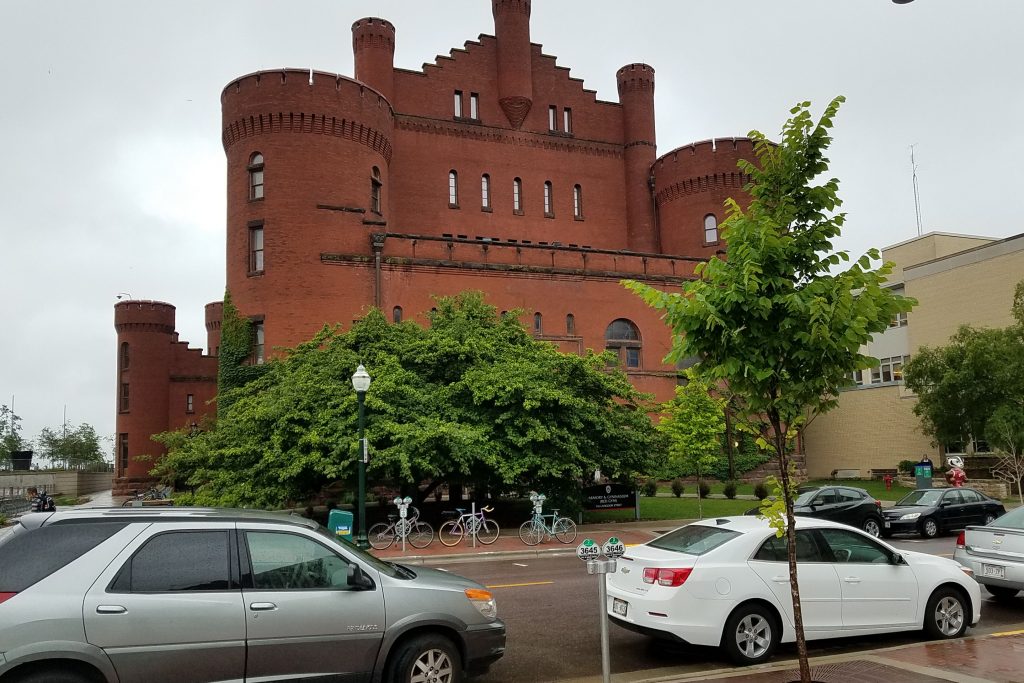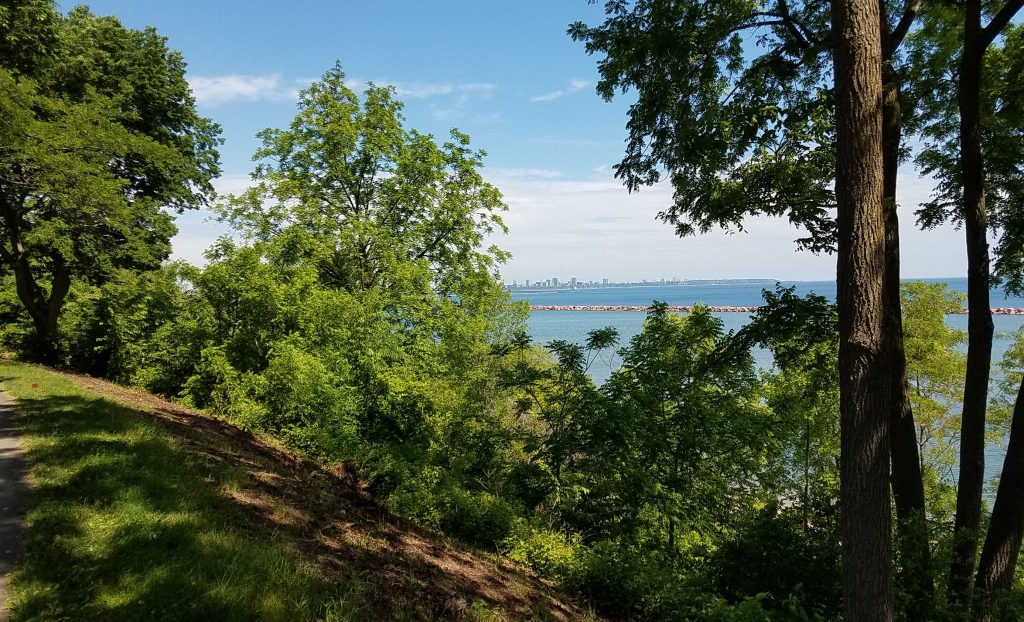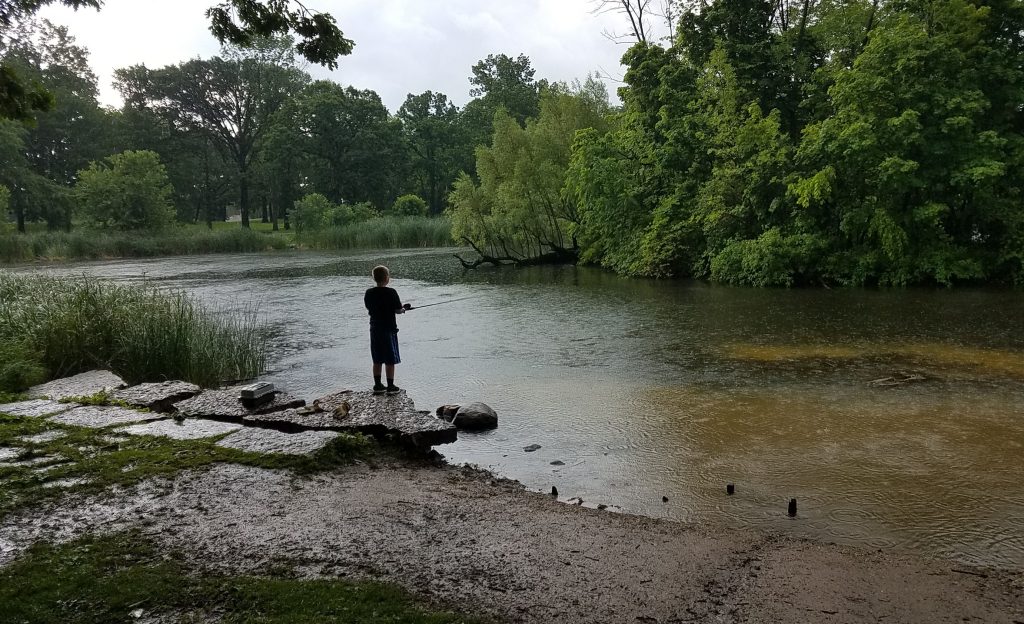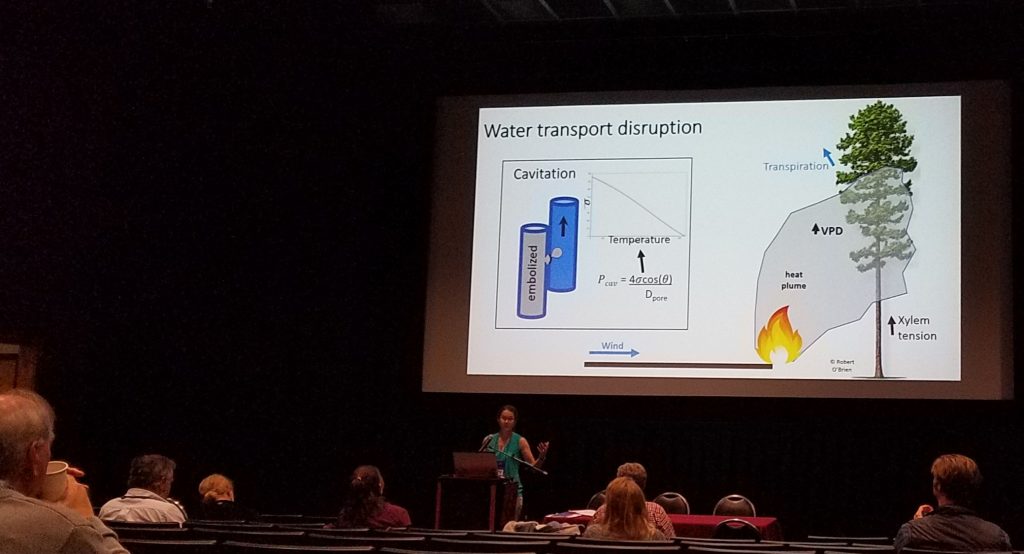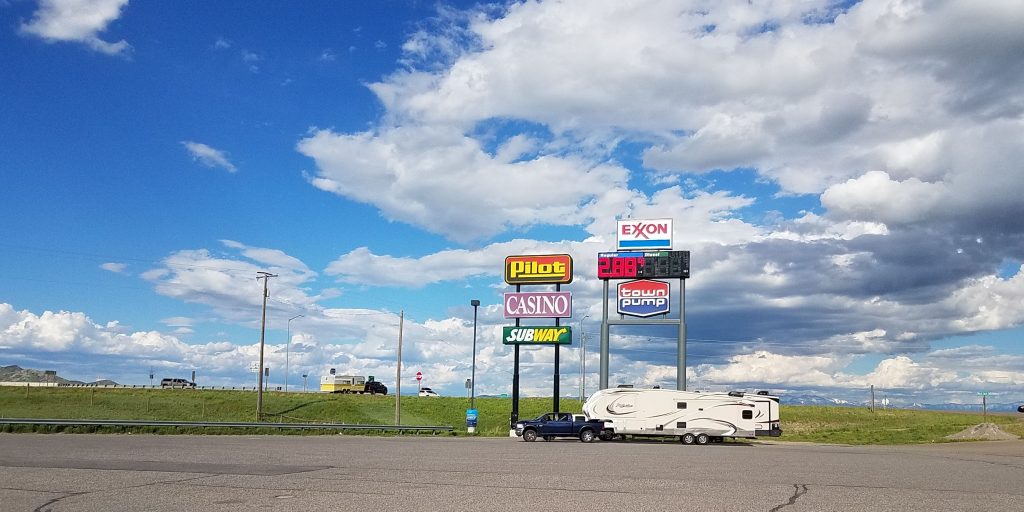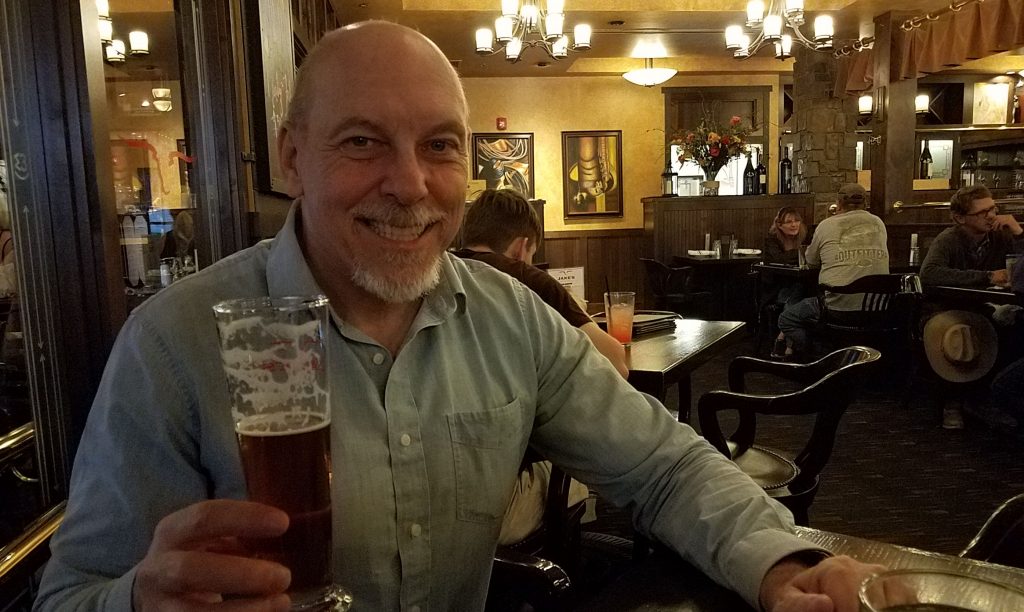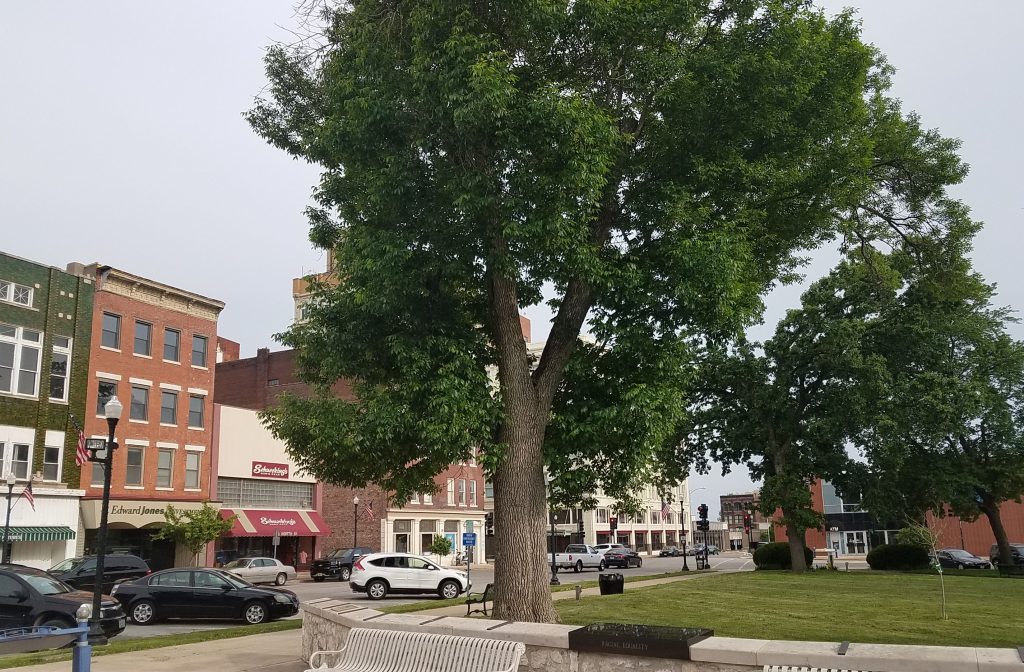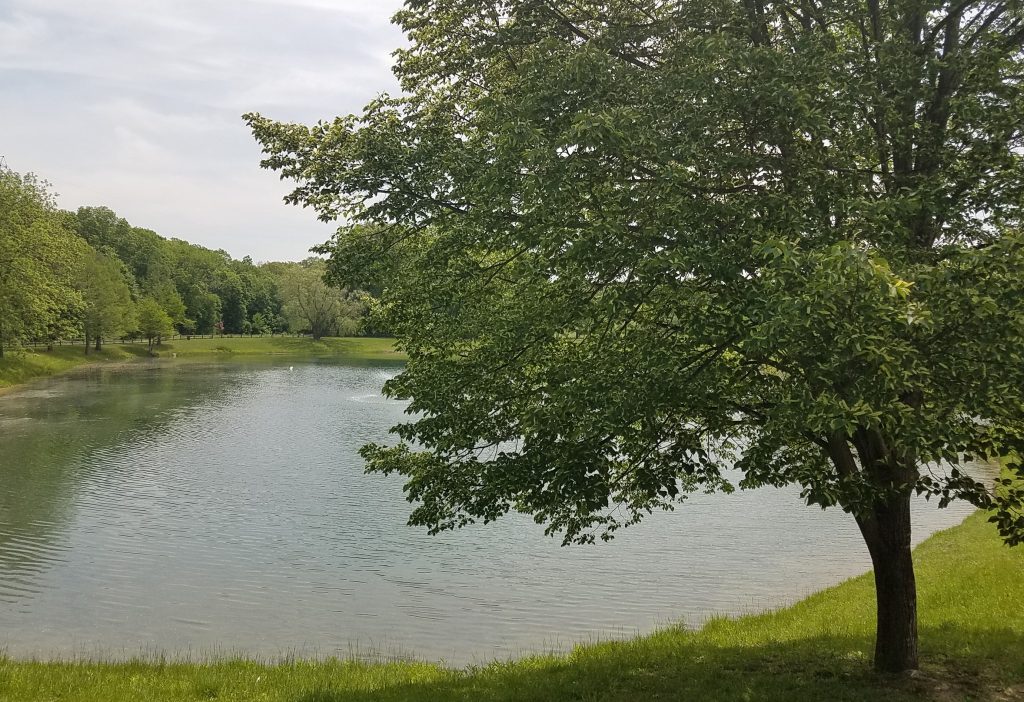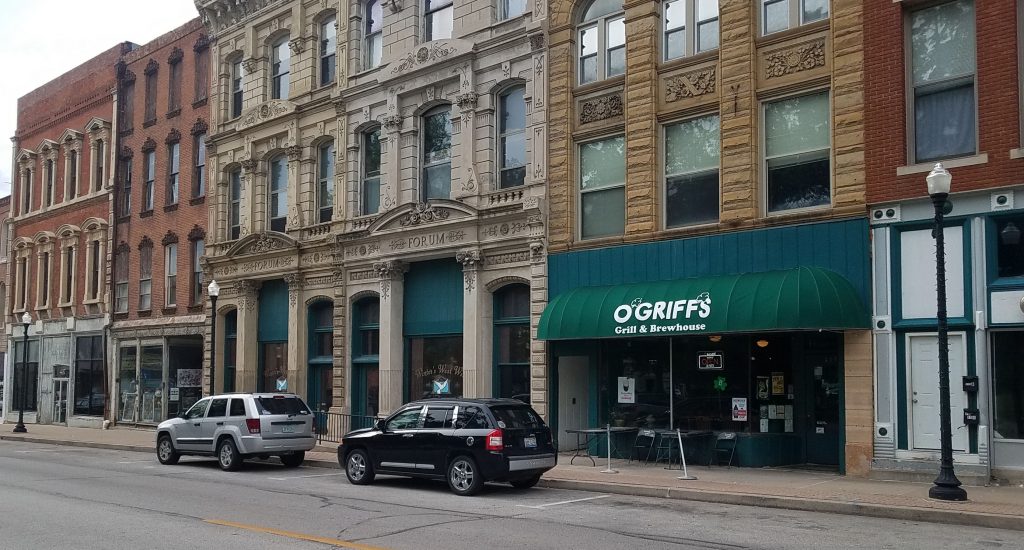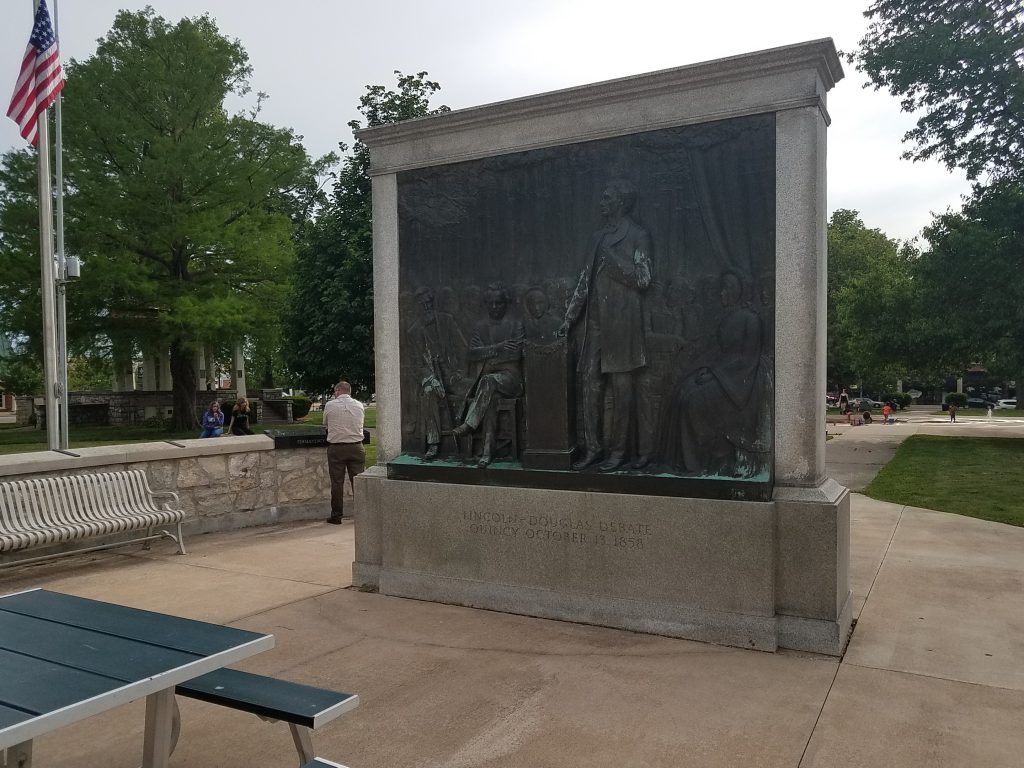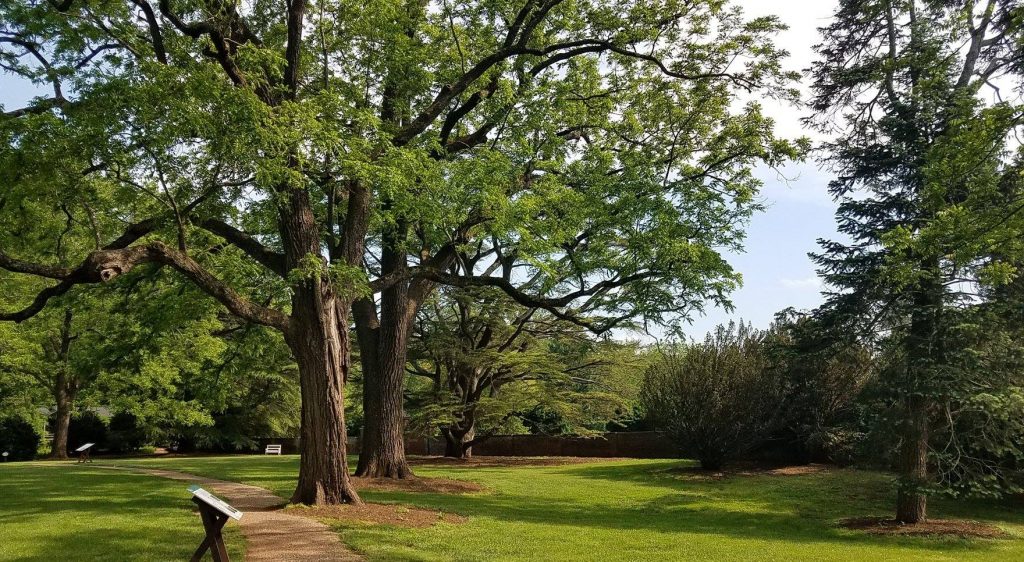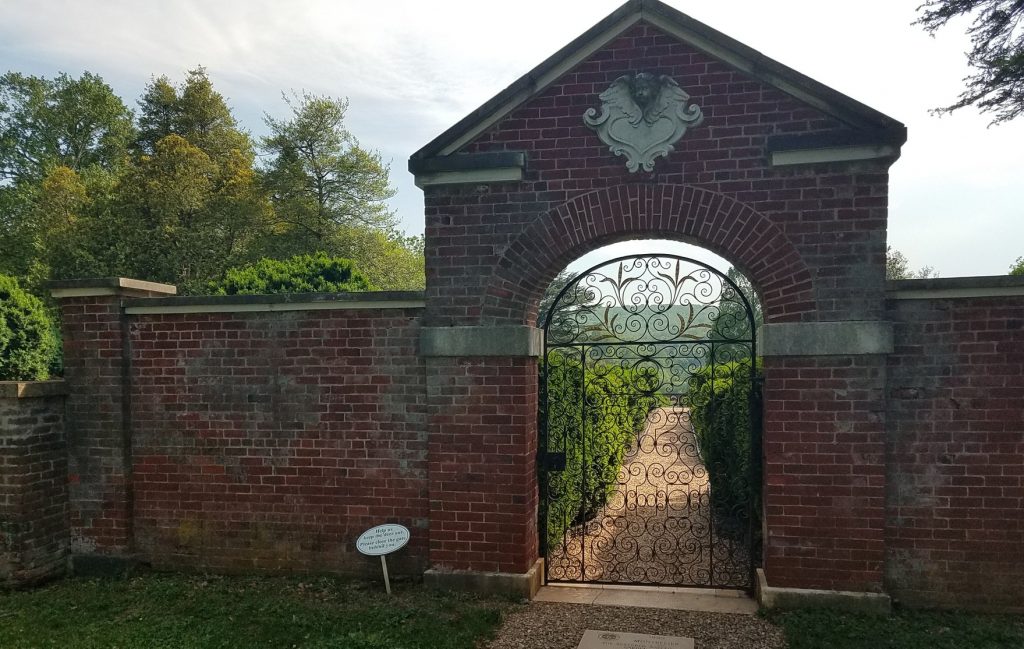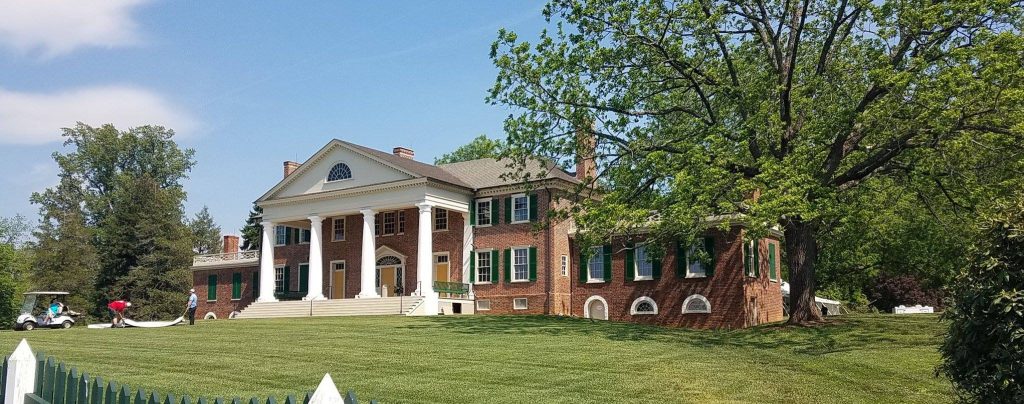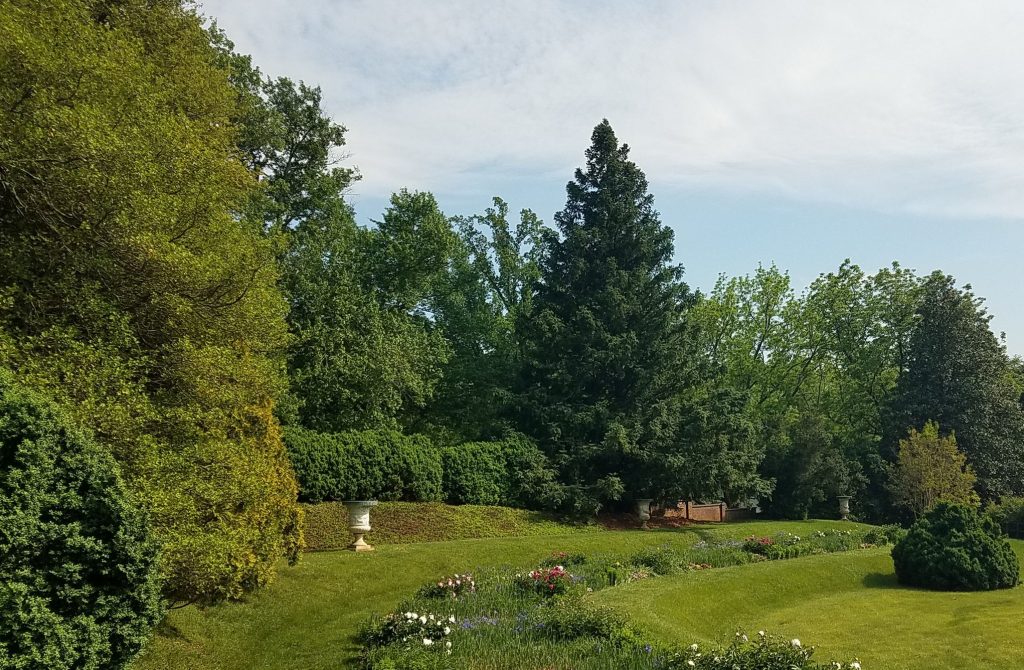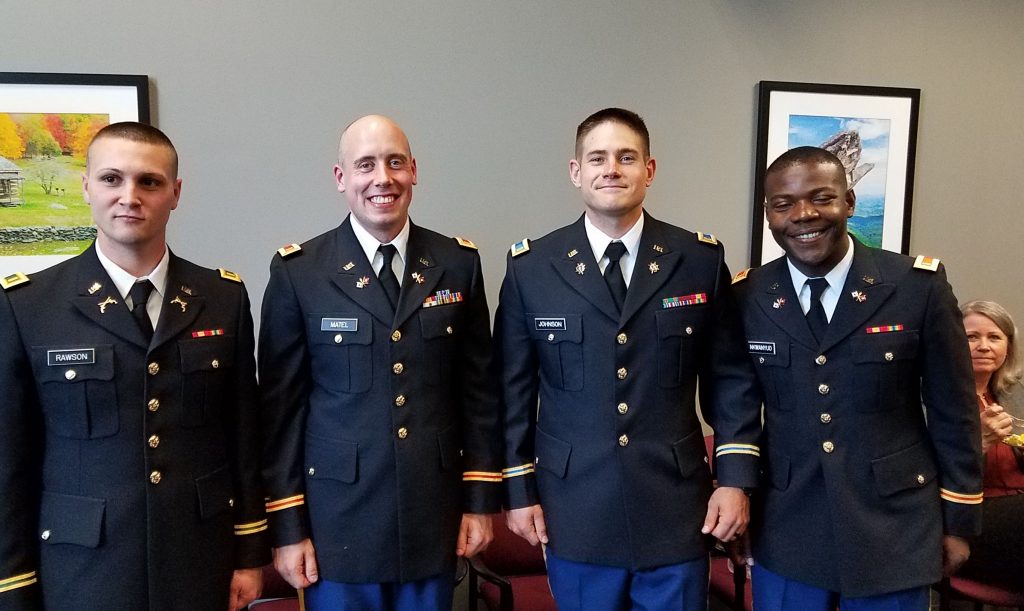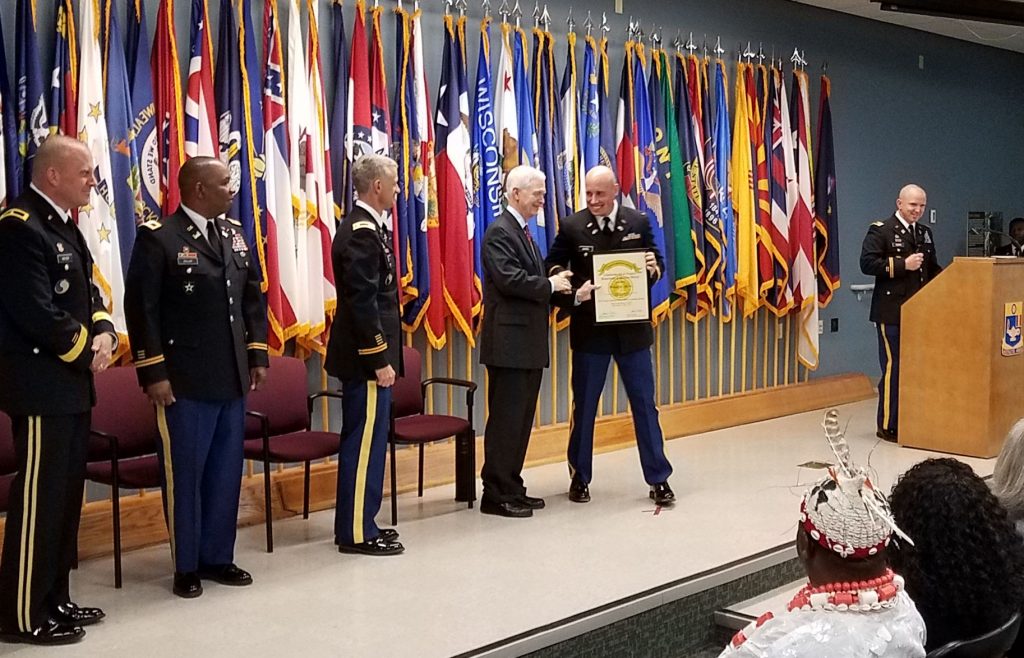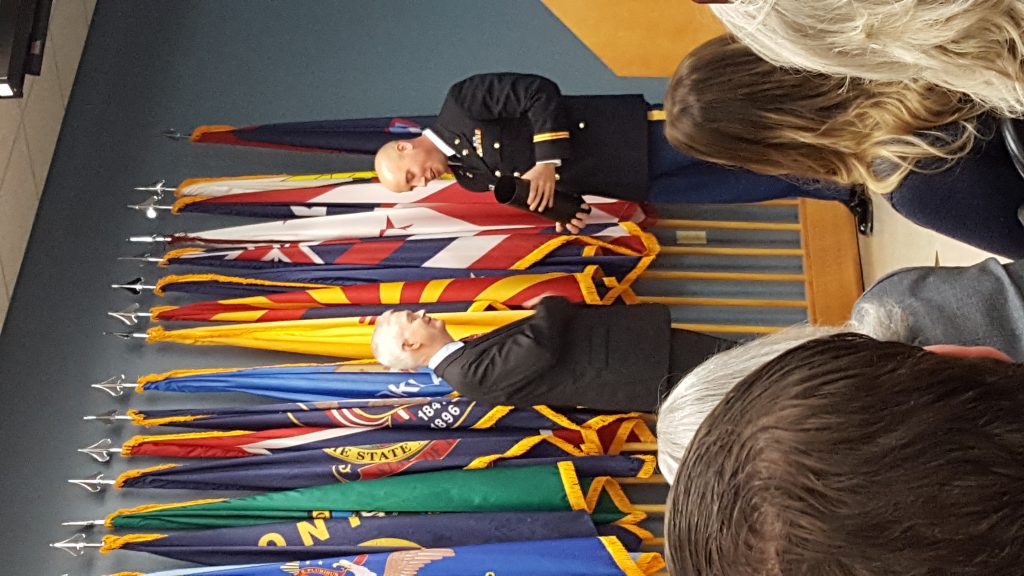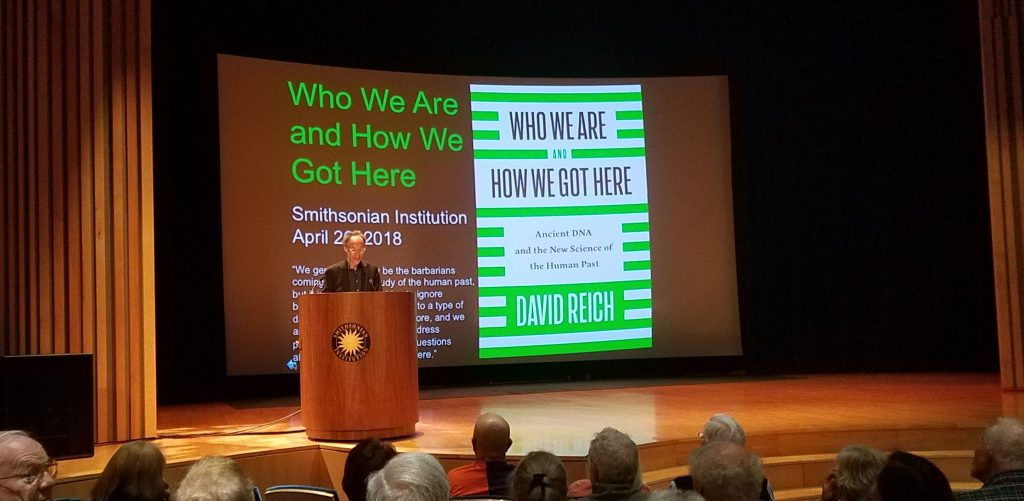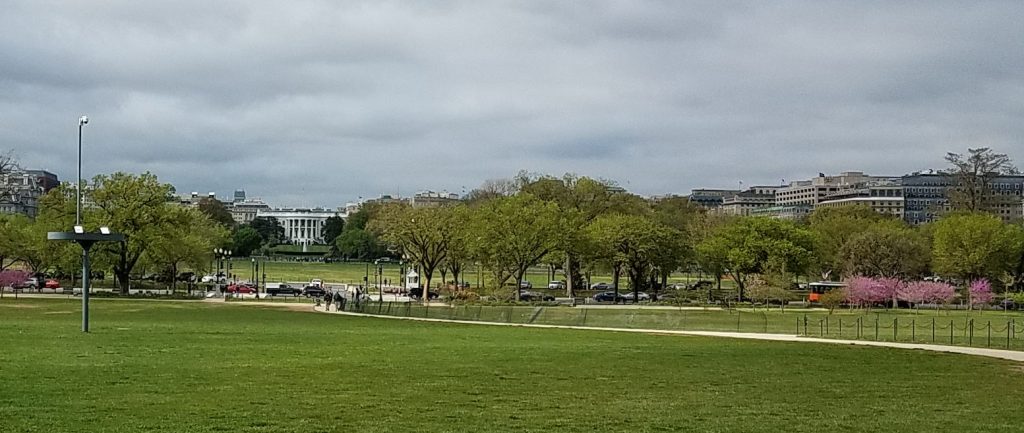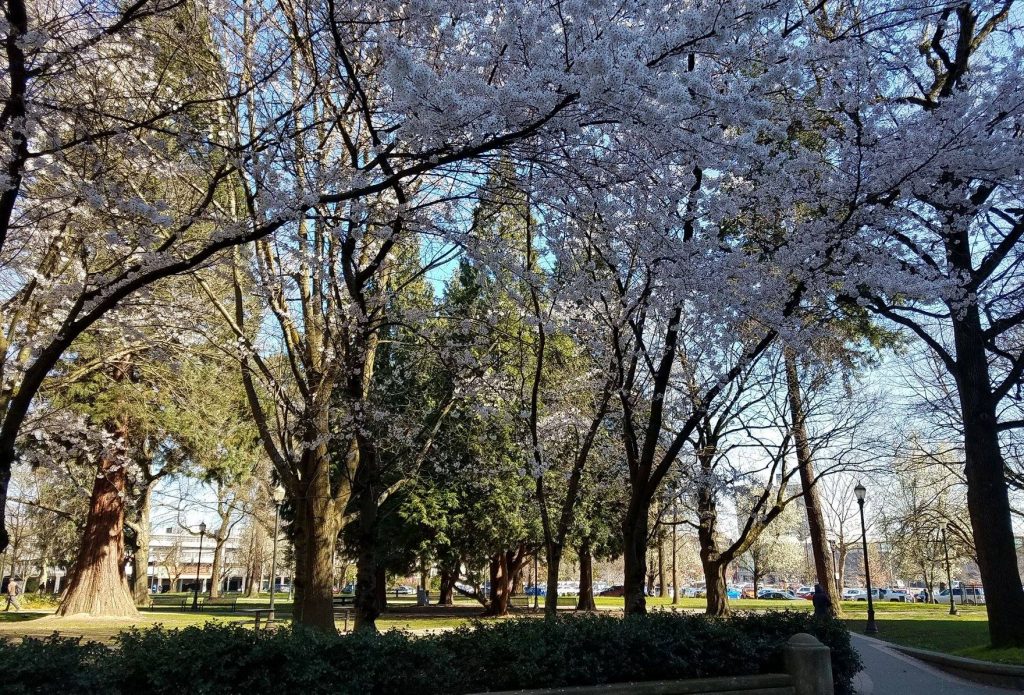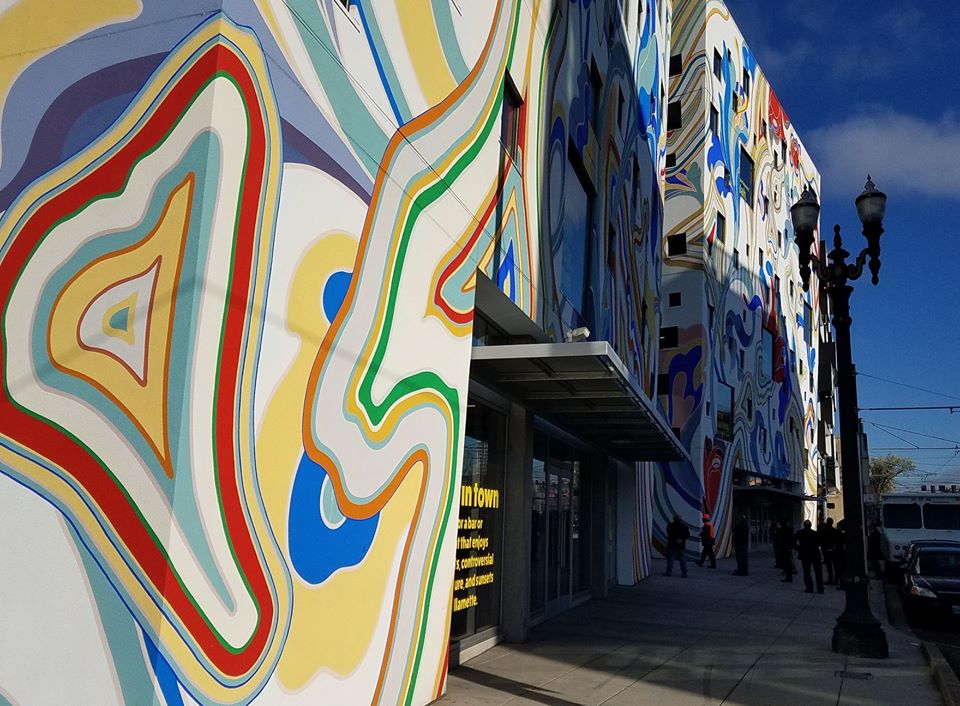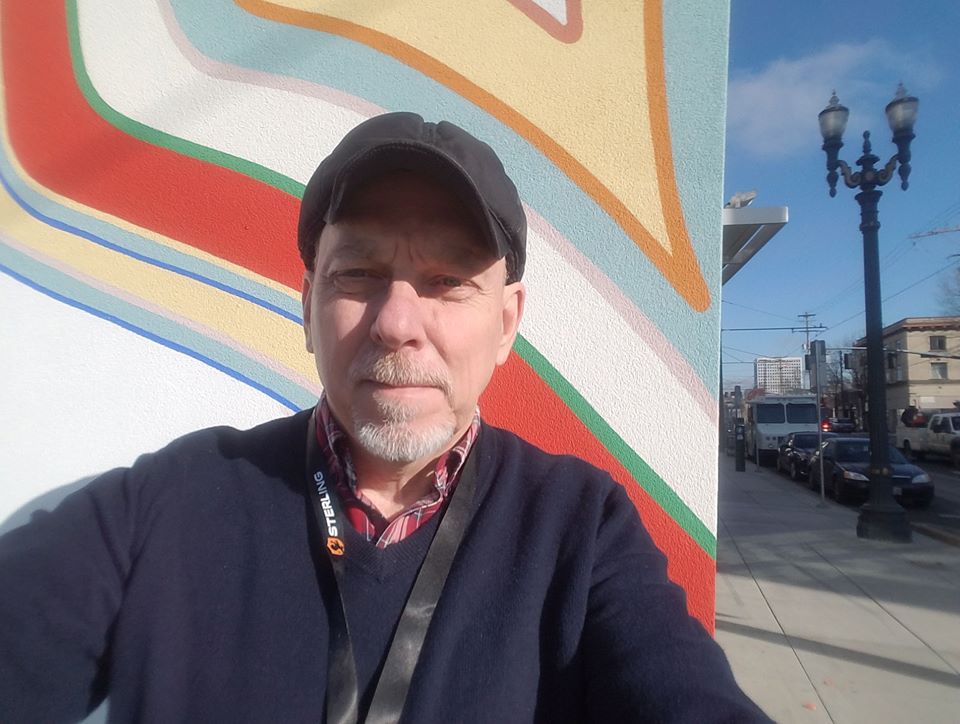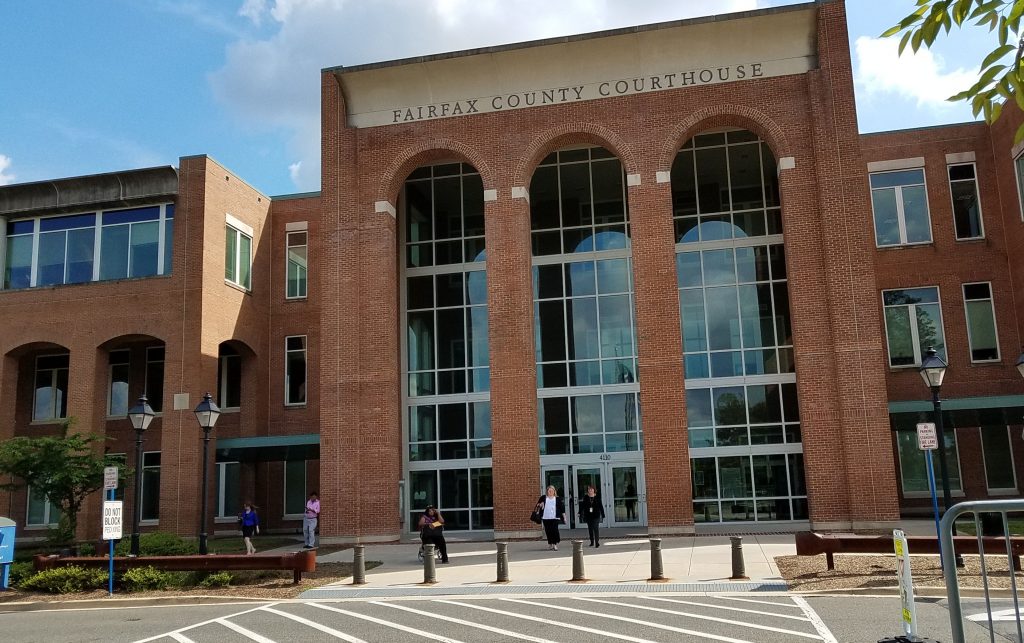
Why anybody avoids jury duty is beyond me. We finished out case today & it was a great and uplifting experience. It might have been worse with a more difficult case or a less happy outcome, but I think most of the good would have remained.
What was good?
I was inspired by my fellow citizens and by the strength of our diversity. Five of the twelve members on our jury were naturalized American citizens and for all but one of us it was the first time on a real trial. A jury like this is probably more common in Fairfax County where we have a lot of foreign born citizens and I high ratio of registered voters to accused criminals, so our chances of being called are relatively small.
You could say Fairfax is multicultural, but I think it is a step better. It is the evolving American culture that merges new ideas and new outlooks and then embraces the most appropriate. My fellow jurors from different continents and countries showed their love of democracy in its manifestation in a jury trial. I think we had a productive time and a good one. Our opinions were diverse, but we came together. Made one out of many. How would you phrase that in Latin? Maybe e pluribus unum
W/o going into too many details, our case involved an assault. In the jury selection process, the lawyer for the defense asked if anybody had been a victim of violence or had a loved one who had. When I mentioned the thugs that attacked Alex, I thought I would be excluded. But they let me stay.
The testimony was interesting but inconclusive. The Commonwealth and the defense had very different theories of the situation. I do not think that any of the witnesses were lying. Rather that their memories were reconstructed to explain a confusing sequence of events. Some things they held in common and we generally accepted that. Some things were not plausible, and others would have been physically impossible. We all used our best judgement.
I am not sure when I decided that the defendant was not guilty, and I am not sure precisely why. I tried to be objective, but it is hard not to bring in personal feelings. I think maybe the defense lawyer made a good choice of keeping me on the jury after I explained about Alex. I could compare the extent of the purported injuries.
We decided on not guilty. We were not sure what happened in the event, but we were sure that we could not be sure, which meant that we had reasonable doubt. I think we made the right decision from the point of view of justice done.
Serving on a jury is a good experience for the jurors. You get a better idea of how justice is done, and you get to participate.
It is very hard to convict someone because of the presumption of innocent and the reasonable doubt requirement. I just did not think that the Commonwealth proved its case. The defense did not need to prove theirs, but they put on a good rebuttal. I thought that the defense would have won even with the lower standard of preponderance of the evidence, so I have no trouble whatever voting for not guilty beyond a reasonable doubt.
Biking on the Gerry Connolly trail
It was a good couple days. I enjoyed it and learned a few things. Weather was good, so I could ride my bike to the courthouse. Riding the bike makes almost any destination better. I discovered a previously unknown to me bike trail, the Jerry Connolly trail, that starts on Picket Road and goes to Old Lee Highway. You can ride on designated bike paths, sometimes on sidewalks, all along Old Lee Highway, so it is a pretty safe ride. It is around 13 miles round trip. The only drawback is that the courthouse is on a long high hill and it is tiring climbing it. The route is not great topographically. My house is relatively higher ground. I descend into in the valley around the Accotink Creek. The trail follows the creek. Then you must climb again. You go faster than you need down the hills and then pay for it at the end.
My first picture is the courthouse. Next is the square in front followed by a corner in Fairfax. Last is part of the Jerry Connolly trail. I prefer asphalt when I am on the bike, but the dirt and gravel is a better trail for running.


